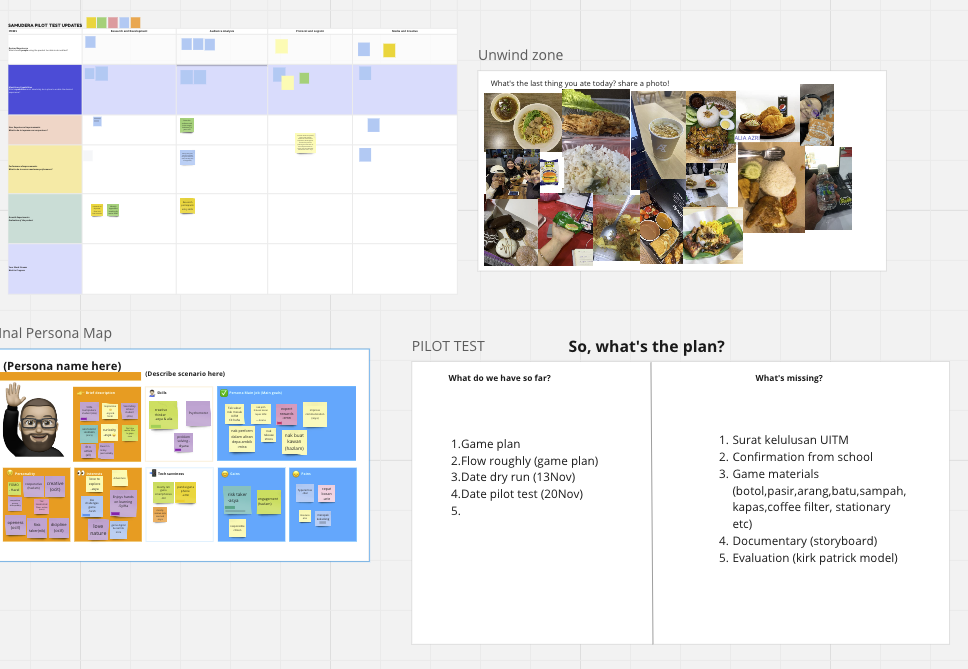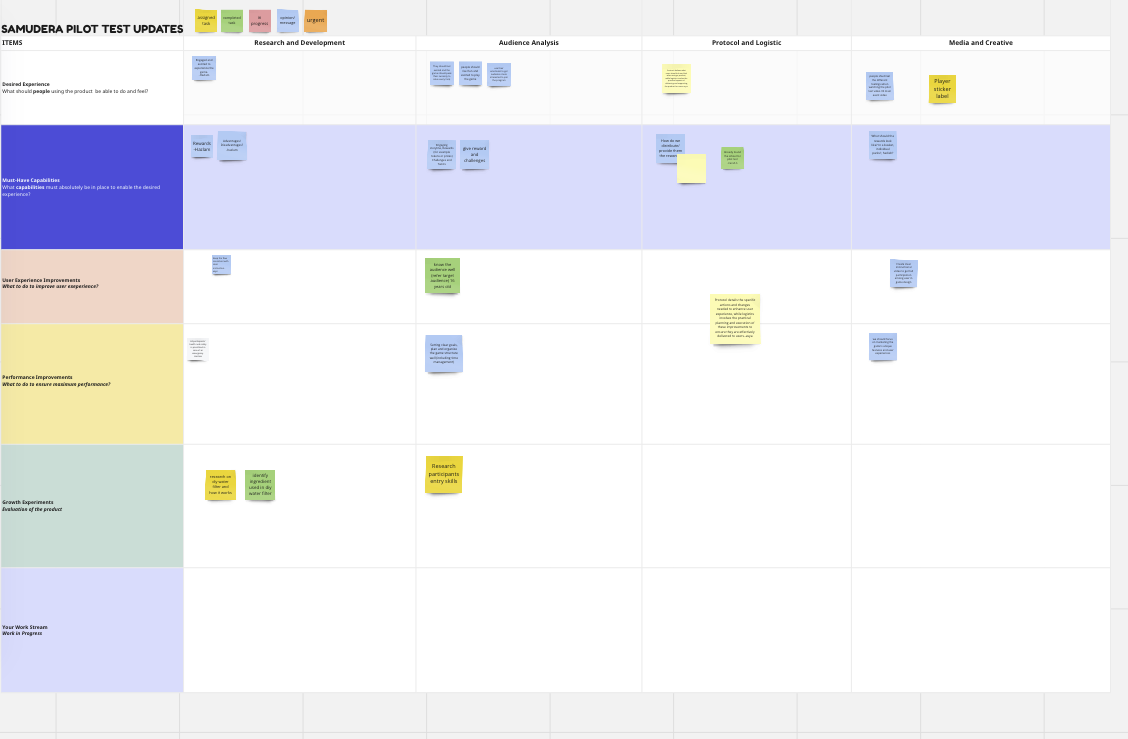
In the digital era, the landscape of education is continuously evolving. Traditional teaching methods are gradually making way for innovative and interactive approaches, providing an enriched learning experience. Among these innovative tools, the Miro Board stands out as a versatile and dynamic platform, transforming the way university students engage with their coursework. As a digital collaborative whiteboard, Miro has revolutionized the education landscape, offering a myriad of possibilities for educators and learners alike.
Miro is a digital whiteboard platform that enables real-time collaboration, providing an expansive canvas for users to create, collaborate, and communicate visually. Its intuitive interface allows users to brainstorm, organize ideas, and work on projects collectively, irrespective of geographical barriers. With features such as sticky notes, mind mapping, flowcharts, and integrations with various applications, Miro facilitates a comprehensive and interactive learning experience.
Miro Board fosters active participation and engagement among university students. Educators can create visually appealing presentations, infographics, or mind maps, allowing students to grasp complex concepts more effectively. The platform encourages interaction, enabling students to contribute ideas, collaborate on group projects, and engage in discussions in real-time.
Collaborative learning is fundamental in higher education. Miro Board serves as a hub for group projects and teamwork, enabling students to work collectively on assignments, brainstorm ideas, and provide feedback seamlessly. Through its interactive features, Miro facilitates peer-to-peer learning, enhancing communication and teamwork skills among students.
The platform’s versatility empowers students to unleash their creativity and hone critical thinking skills. With tools like templates, shapes, and various media integrations, students can express their ideas visually, fostering a deeper understanding of the subject matter. This process encourages innovative thinking and problem-solving, crucial skills in today’s rapidly evolving job market.
One of the remarkable advantages of Miro Board is its ability to connect students and educators irrespective of their physical location. In an era where remote learning is increasingly prevalent, Miro provides a seamless virtual classroom experience, allowing for synchronous and asynchronous collaboration among students from diverse geographical locations.

Success Stories and Case Studies
Students from Instructional Communication and Training in the Faculty of Communication and Media Studies utilized Miro Board as one of the platform to help them plan and design their Final Year Project, SAMUDERA. This application showcased a substantial increase in student engagement and participation in classes where Miro was employed. Students are able to share their ideas and collaborate with their teammates in realtime, while expressing satisfaction with the platform’s ability to make learning more interactive and enjoyable. The use of Miro Board has enabled the students to be more creative and engaged. The tools provided in Miro encourages them to apply design thinking skills in designing and developing their FYP.
While the integration of Miro Board in classroom offers tremendous benefits, challenges exist. Technical difficulties, learning curve, and the need for reliable internet connections can hinder a seamless experience. However, these challenges can be mitigated through adequate training sessions, technical support, and the creation of simplified user guides for both educators and students.
The potential of Miro Board in revolutionizing university education is vast. As technology continues to advance, the platform is expected to evolve further, offering more sophisticated features to cater to diverse learning styles. Moreover, as the world navigates through hybrid and remote learning models, Miro’s role in facilitating effective and inclusive education will continue to expand.
In conclusion, the integration of Miro Board in classrooms has emerged as a game-changer in the educational landscape. Its ability to foster collaboration, creativity, critical thinking, and inclusive learning environments is reshaping the way students engage with their academic pursuits. As universities continue to adapt to the demands of the digital era, the use of Miro Board stands as an exemplar of innovation, transforming education into an immersive and dynamic experience for students.
